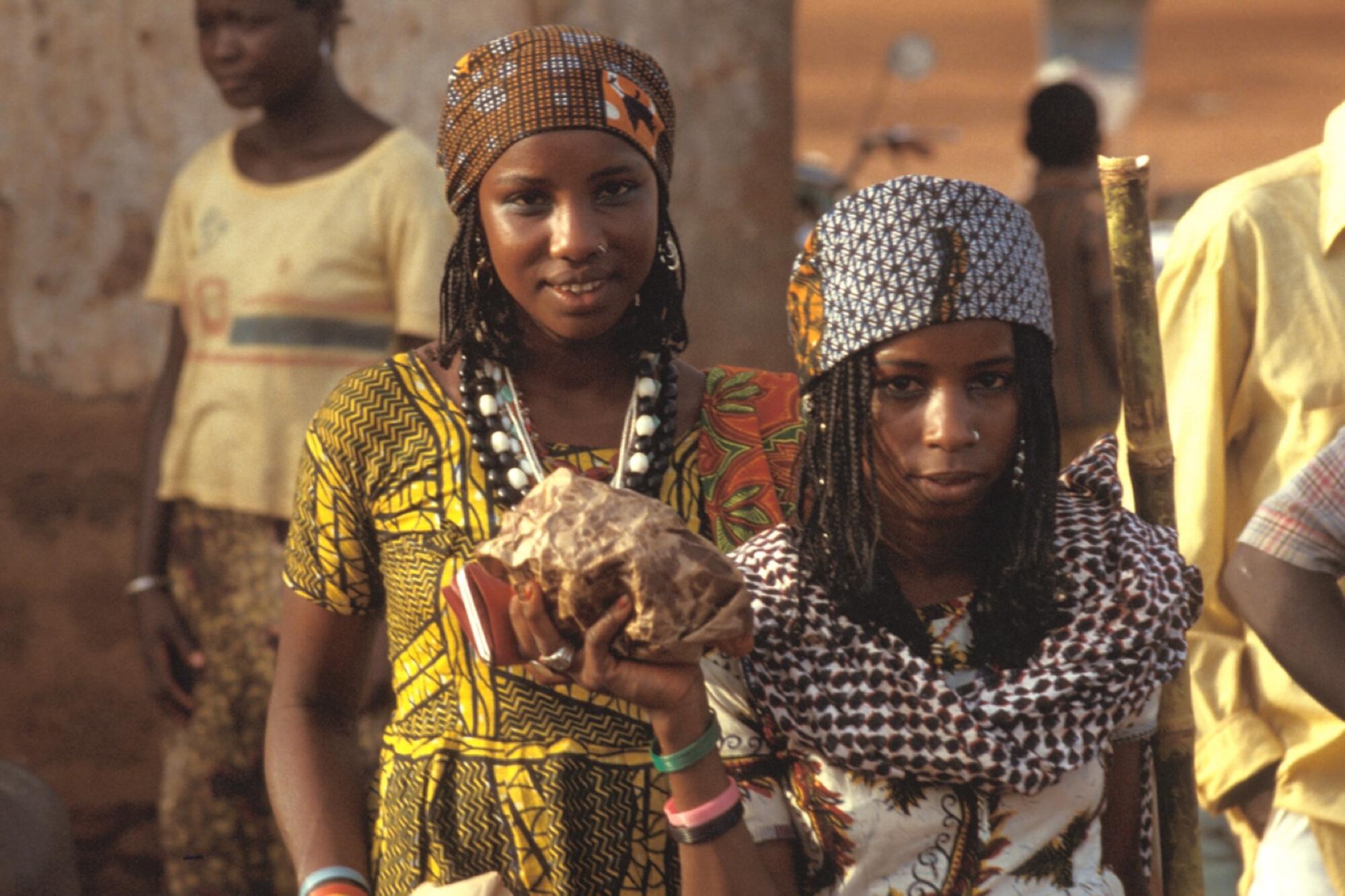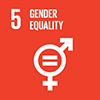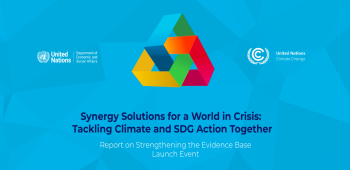
Gender equality and women’s empowerment
Targets and Indicators

5.1
End all forms of discrimination against all women and girls everywhere
5.1.1
Whether or not legal frameworks are in place to promote, enforce and monitor equality and non‑discrimination on the basis of sex

5.2
Eliminate all forms of violence against all women and girls in the public and private spheres, including trafficking and sexual and other types of exploitation
5.2.1
Proportion of ever-partnered women and girls aged 15 years and older subjected to physical, sexual or psychological violence by a current or former intimate partner in the previous 12 months, by form of violence and by age
5.2.2
Proportion of women and girls aged 15 years and older subjected to sexual violence by persons other than an intimate partner in the previous 12 months, by age and place of occurrence

5.3
Eliminate all harmful practices, such as child, early and forced marriage and female genital mutilation
5.3.1
Proportion of women aged 20-24 years who were married or in a union before age 15 and before age 18
5.3.2
Proportion of girls and women aged 15-49 years who have undergone female genital mutilation/cutting, by age

5.4
Recognize and value unpaid care and domestic work through the provision of public services, infrastructure and social protection policies and the promotion of shared responsibility within the household and the family as nationally appropriate
5.4.1
Proportion of time spent on unpaid domestic and care work, by sex, age and location

5.5
Ensure women’s full and effective participation and equal opportunities for leadership at all levels of decision-making in political, economic and public life
5.5.1
Proportion of seats held by women in (a) national parliaments and (b) local governments
5.5.2
Proportion of women in managerial positions

5.6
Ensure universal access to sexual and reproductive health and reproductive rights as agreed in accordance with the Programme of Action of the International Conference on Population and Development and the Beijing Platform for Action and the outcome documents of their review conferences
5.6.1
Proportion of women aged 15-49 years who make their own informed decisions regarding sexual relations, contraceptive use and reproductive health care
5.6.2
Number of countries with laws and regulations that guarantee full and equal access to women and men aged 15 years and older to sexual and reproductive health care, information and education

5.a
Undertake reforms to give women equal rights to economic resources, as well as access to ownership and control over land and other forms of property, financial services, inheritance and natural resources, in accordance with national laws
5.a.1
(a) Proportion of total agricultural population with ownership or secure rights over agricultural land, by sex; and (b) share of women among owners or rights-bearers of agricultural land, by type of tenure
5.a.2
Proportion of countries where the legal framework (including customary law) guarantees women’s equal rights to land ownership and/or control

5.b
Enhance the use of enabling technology, in particular information and communications technology, to promote the empowerment of women
5.b.1
Proportion of individuals who own a mobile telephone, by sex

5.c
Adopt and strengthen sound policies and enforceable legislation for the promotion of gender equality and the empowerment of all women and girls at all levels
5.c.1
Proportion of countries with systems to track and make public allocations for gender equality and women’s empowerment
Progress and Info
Progress towards gender equality is clearly off track. Harmful practices like child marriage and female genital mutilation are decreasing, but not fast enough to keep pace with population growth. Gender parity, especially in women's participation in public life and managerial roles, remains distant. At the current rate, achieving gender parity in managerial positions will take 176 years. Many women still lack control over their sexual and reproductive health, and violence against women persists. Urgent action is needed to challenge biased social norms, eliminate harmful practices, and change discriminatory laws. Increasing women's leadership roles and investments in gender equality are crucial at national, regional, and global levels.
Target 5.1: Based on data collected in 2022 in 120 countries, 55% of the countries lacked non-discrimination laws that prohibit direct and indirect discrimination against women and half of the countries continued to lack quotas for women in the national parliament.
Target 5.3: o Globally, around 640 million girls and women were married before age 18, with India accounting for one-third. While progress has reduced child marriage, still, one in five young women (19%) are married before 18, down 22% in 2013. Despite averting 68 million child marriages in this period, the pace isn't sufficient to eliminate the practice by 2030.
o Over 230 million girls and women worldwide are estimated have undergone female genital mutilation as of 2024, an increase of 30 million compared to the last estimate in 2016.
Target 5.4: On an average day, women spend about 2.5 times as many hours in unpaid domestic and care work as men, according to the latest data between 2000 and 2022.
Target 5.5: Progress in women’s political participation remains slow. As of January 1, 2024, women held 26.9% of seats in national parliaments worldwide, marking a modest increase of 4.6 percentage points since 2015 (22.3%). In local governments, the participation was higher at 35.5% as of 1 January 2023. While global employment sees nearly 40% representation from women, they only held 27.5% of management positions in 2022, a notable decrease from 28.5% in 2021.
Target 5.a: In one in three of the 49 countries with data, less than 50% of women and men have ownership or secure rights over agricultural land. Furthermore, there is a notable disparity between women and men’s agricultural land ownership, with men owning land at least twice as often as women in almost half of the countries. Legal protections for women’s land rights are low or not existent in approximately 58% of the reporting countries.
Target 5.b: In 2023, 78% of the global population aged 10 and above owned a mobile phone. Women were approximately 8% less likely to own a mobile phone than men in 2023, a decrease from 10% in 2020.
Target 5.c: Data from 105 countries and areas for the period 2018–2021 show that 26% of countries globally have comprehensive systems to track and make public allocations for gender equality, 59% have some features of a system, and 15% do not have minimum elements of these systems.





